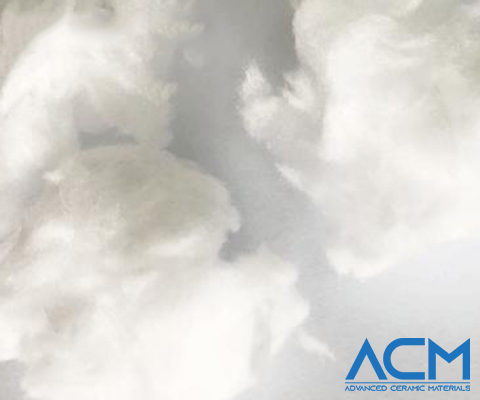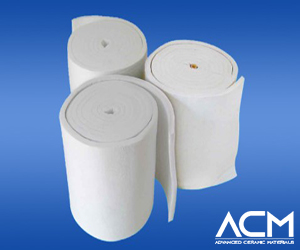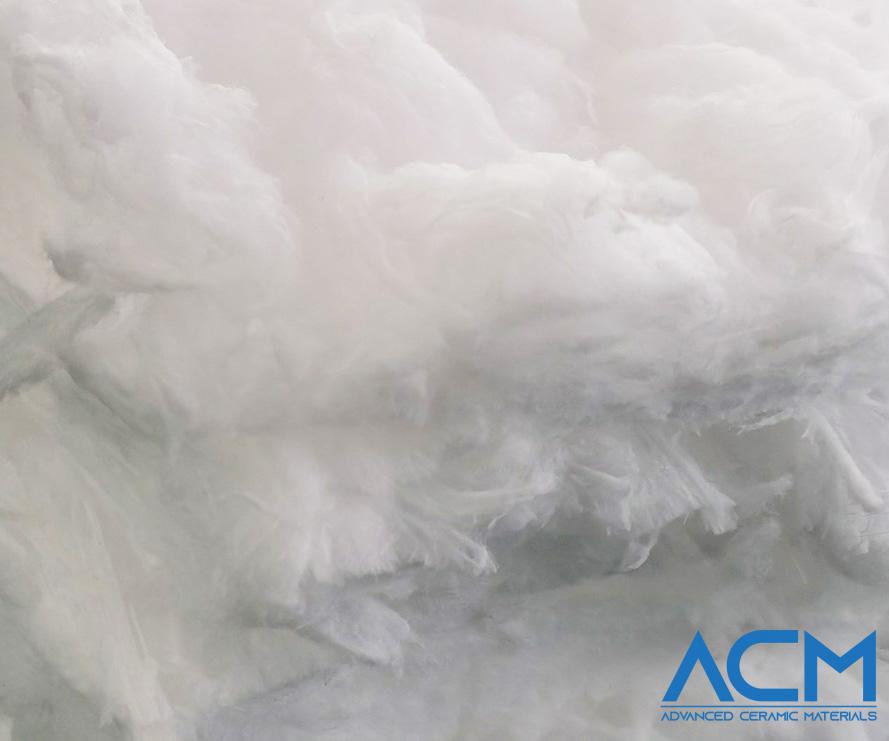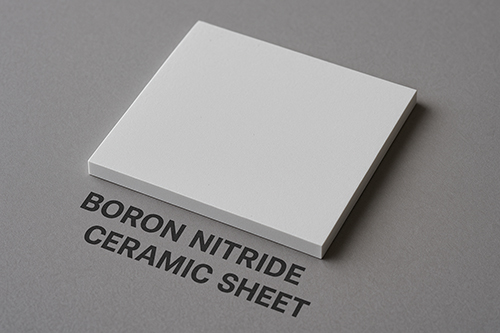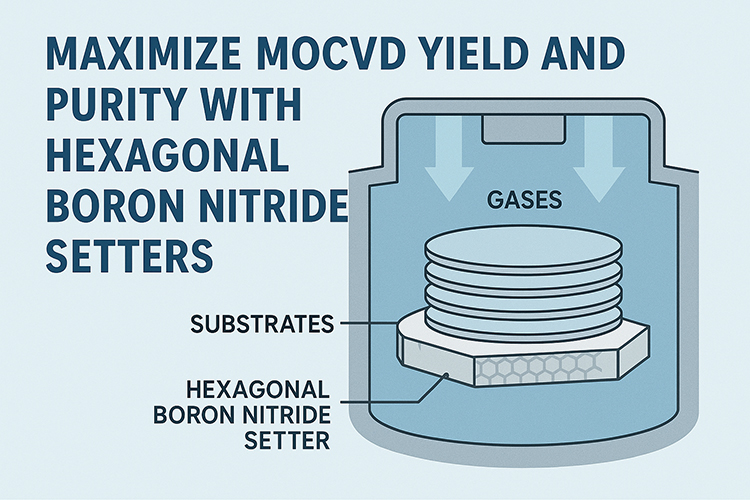Zirconia Fiber and Aluminosilicate Refractory Blanket: Applications and Benefits
1. Introduction
Refractory materials play a crucial role in industries where high temperatures are common, such as metallurgy, aerospace, and ceramics. These materials must possess exceptional thermal stability and resistance to thermal shock, corrosion, and wear. Among the various types of refractory materials, Zirconia Fiber (Zirconium-based fibers) and Aluminosilicate Refractory Blankets are two of the most widely used materials for high-temperature applications. This article aims to compare these two types of refractory materials based on their properties, applications, and performance to help in selecting the best option for specific industrial uses.
2. Zirconia Fiber Overview
Composition
Zirconia Fiber is primarily composed of zirconium dioxide (ZrO₂), with some fibers containing small amounts of other elements, such as alumina. The high percentage of zirconium gives this material its outstanding thermal and chemical properties.
Properties
- High Temperature Resistance: Zirconia Fiber can withstand extreme temperatures, typically above 2500°C, making it suitable for applications that require exceptional heat resistance.
- Thermal Shock Resistance: It has an excellent ability to resist thermal shock, which is crucial in industries where rapid temperature fluctuations are common.
- Chemical Stability: Zirconia Fiber is highly resistant to chemical attack, especially in oxidative environments, making it ideal for high-temperature chemical processing.
- Oxidation Resistance: The material also exhibits superior oxidation resistance compared to other refractory fibers.
Applications
Zirconia Fiber is commonly used in:
- High-Temperature Furnace Linings: Its ability to withstand extremely high temperatures makes it ideal for use in furnaces, kilns, and reactors in industries such as metallurgy and ceramics.
- Aerospace Industry: It is used in heat shields and thermal protection systems for aircraft and spacecraft due to its high thermal resistance.
- Gas Turbines: The material’s excellent performance in high-pressure, high-temperature conditions makes it suitable for turbine applications.
3. Aluminosilicate Refractory Blanket Overview
Composition
Aluminosilicate Refractory Blankets are made from alumina (Al₂O₃) and silica (SiO₂), which are woven or felted into fibrous forms. The composition of these blankets can vary slightly, but they mainly consist of alumina-silica mixtures.
Properties
- Temperature Resistance: Aluminosilicate Refractory Blankets typically withstand temperatures between 1000°C and 1600°C, depending on the specific material grade.
- Thermal Insulation: These blankets provide excellent thermal insulation, helping to reduce energy loss in industrial applications.
- Low Density: Their lightweight nature makes them easy to handle and install, offering cost-effective solutions for insulation.
- Fire Resistance: Aluminosilicate blankets are fire-resistant and can provide reliable performance in various high-temperature environments.
Applications
Aluminosilicate Refractory Blankets are typically used in:
- Furnace Linings: Common in industries like steel and glass production where high-temperature insulation is needed.
- Kilns and Incinerators: Ideal for use in kilns, ovens, and other systems requiring heat insulation at moderate temperatures.
- Insulation in Construction and Petrochemical Industries: Due to their affordability and ease of installation, these blankets are often used as thermal insulation in buildings, power plants, and refineries.
4. Comparative Analysis
High-Temperature Resistance
Zirconia Fiber excels in high-temperature environments, handling temperatures above 2500°C, while Aluminosilicate Refractory Blankets are more suitable for moderate temperature ranges (up to 1600°C). In extreme conditions, Zirconia Fiber is the superior choice due to its remarkable heat tolerance.
Thermal Shock Resistance
Zirconia Fiber is known for its excellent thermal shock resistance, maintaining integrity even when exposed to rapid temperature changes. Aluminosilicate Refractory Blankets, however, can be more susceptible to thermal stress, which may lead to cracking or degradation under harsh temperature cycling.
Chemical Stability
Zirconia Fiber offers superior chemical stability, particularly in aggressive environments with high levels of oxidation or acidic gases. Aluminosilicate Refractory Blankets are more prone to chemical attack, especially at higher temperatures.
Cost Comparison
Zirconia Fiber is generally more expensive due to its advanced composition and superior performance in extreme conditions. Aluminosilicate Refractory Blankets, on the other hand, are more affordable and offer a cost-effective solution for many industrial applications, making them ideal for less demanding temperature environments.
Ease of Installation and Handling
Aluminosilicate Refractory Blankets are lightweight and easy to install, which reduces labor costs and simplifies maintenance. They are commonly used in large-scale applications where quick and efficient installation is essential. Zirconia Fiber, while offering superior performance, is more challenging to handle and may require specialized installation techniques due to its dense and robust nature.
5. Selection Guidelines
Choosing between Zirconia Fiber and Aluminosilicate Refractory Blankets depends on several factors:
- Temperature Requirements: If the application involves extremely high temperatures, Zirconia Fiber should be the material of choice. For less extreme temperature conditions, Aluminosilicate Refractory Blankets are sufficient.
- Thermal Shock Resistance: For environments with frequent temperature fluctuations, Zirconia Fiber is a better choice due to its superior thermal shock resistance.
- Chemical and Oxidation Resistance: Zirconia Fiber offers greater chemical stability, especially in highly oxidative or corrosive environments.
- Budget: Aluminosilicate Refractory Blankets are more cost-effective for general insulation needs, whereas Zirconia Fiber’s higher price may be justified in specialized applications where performance is critical.
Advanced Ceramic Materials (ACM) supplies both Zirconia Fiber and Aluminosilicate Refractory Blankets, providing a wide range of options to meet the diverse needs of industrial clients. Their expertise in advanced ceramics ensures the best material is selected based on precise performance requirements, making them an ideal partner for industries that require high-quality, durable solutions for extreme conditions.
6. Conclusion
Both Zirconia Fiber and Aluminosilicate Refractory Blankets offer unique advantages for high-temperature applications. Zirconia Fiber is ideal for situations where extreme temperatures, chemical stability, and thermal shock resistance are paramount. Aluminosilicate Refractory Blankets, however, provide an affordable solution for moderate-temperature applications, offering excellent thermal insulation and ease of installation. The choice between these two materials should be based on specific application needs, budget constraints, and performance requirements, with Zirconia Fiber being the preferred option for more demanding industrial environments.
{{item.content}}
LEVE A REPLY
{{item.children[0].content}}
{{item.content}}
LEAVE A REPLY
SUBSCRIBE OUR NEWSLETTER
- Boron Nitride in Cosmetics: Enhancing Performance and Sensory Appeal
- Maximize MOCVD Yield and Purity with Hexagonal Boron Nitride Setters
- What Are the Advantages and Uses of Boron Nitride Ceramic Sheet?
- The Compression Annealing Advantage for Pyrolytic Boron Nitride
- Beyond Insulation: The Surprising Spectrum of Ceramic Thermal Conductivity









